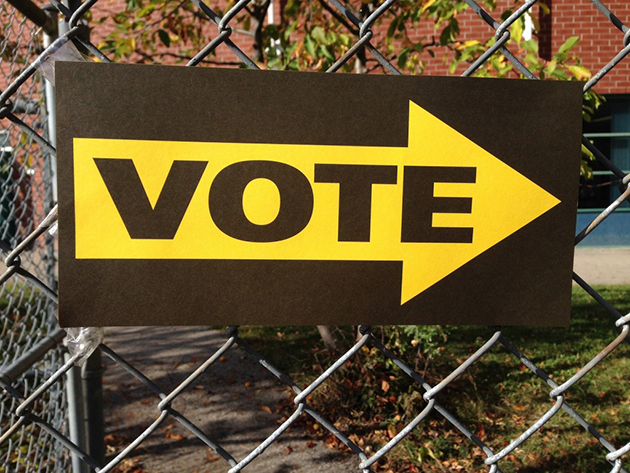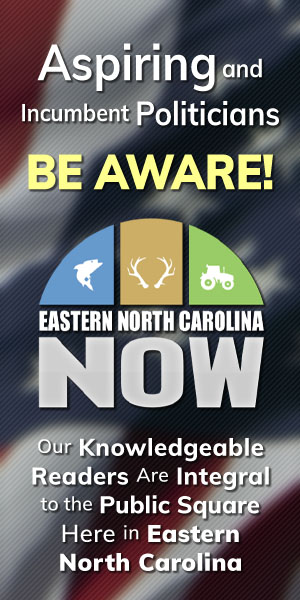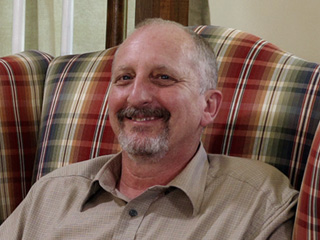Publisher's note: The author of this post is Andy Taylor, who is a professor of political science for the Carolina Journal, John Hood Publisher.
RALEIGH Before the 1970s, presidential nominations were won in smoke-filled rooms as deals were cut between party bigwigs motivated by promises of appointments and federal largess for their states.
After the New Deal, a technocratic Democrat invariably faced off against a patrician Republican in a battle of pragmatists fought in an America run under a complicit arrangement between huge corporations, organized labor, and the Cold War military machine.

The dramatic 1968 Democratic convention in Chicago changed the way parties nominated presidents, democratizing the process by making primaries and caucuses critical and forcing candidates to build large and sophisticated campaigns. But the general election was still normally between ideological cousins, differentiated largely by their positions on just a handful of issues.
The presidential selection process revealed American politics as narrow, at least in comparative perspective and when juxtaposed with continental Europeans who could vote for communist and quasi-fascist parties as well as center-right Christian and center-left social democrats.
This year seems different. We have on display the entire breadth of America's ideological spectrum, one that looks to be getting wider all the time. If we had genuinely open access to the ballot, an electoral system based upon proportional rather than winner-take-all principles, and legislative bodies organized to welcome members of third parties, I might be talking revolution.
Still, there is enough happening this year to concern the Democratic and Republican establishments. In fact, the candidates in the two parties' nomination contests reveal the existence of five distinct and vibrant ideological strains.
Let's start on the Left. Sen. Bernie Sanders' unabashedly and energetic socialist campaign has, with the possible exception of the South, generated considerable support across the country. Proposing high marginal tax rates, single-payer health care, and free higher education, Sanders wants to move America to the left of France.
His Democratic opponent, Hillary Clinton, has moved in that direction, too, but she strongly supports some of the more conventionally liberal policies of the current president, particularly Obamacare and recent financial market regulation - both of which have greatly extended the tentacles of the administrative state.
Clinton is no typical old-style New Deal Democrat, however. Her campaign also is infused with the identity politics of a more modern liberalism that treats citizens as members of demographic groups rather than individuals and wishes to use government to engineer social outcomes.
This year's Republican race has exposed three strains that we might place on the right-hand side of the spectrum. A focus on natural rights, free markets, and limited government has been a hallmark of GOP politics for many decades, particularly since Ronald Reagan became a national political figure.
The libertarian or
"classical liberal" school was perhaps most clearly represented in this year's race by Sen. Rand Paul, although it has played an important role in the campaigns of Sens. Ted Cruz and Marco Rubio and Gov. John Kasich.
The idea that America needs a strong military and robust institutions like the family and church to provide social cohesion and transmit important values has had Cruz as its most successful champion.
The third approach is somewhat new, or it has only this year gathered a level of support to make it truly competitive. It is what we might call right-wing populism, a group of ideas cohered by an appreciation for a strong state with authoritarian tendencies.
It is most obviously manifest in the candidacy of businessman Donald Trump, although there were hints of it in Gov. Chris Christie's speeches. Trump generally sides with power over liberty and speaks in opposition to the free flow of capital, labor, and goods within and across national borders.
He says he desires a limited government, but calls for a massive expansion in the reach and resources of several federal agencies. These policies should be enacted by a strong president without concern for the prerogatives given Congress and the states by the Constitution.
The range of ideas on display provides Americans with clear choices. This is a good thing. It is the emergence of several energetic challenges to the cause of liberty that is troubling.
We are used to them emanating from Democrats. But Republicans, whose politics have been guided for over a century-and-a-half by ideas based on human freedom, are starting to offer them as well.
























